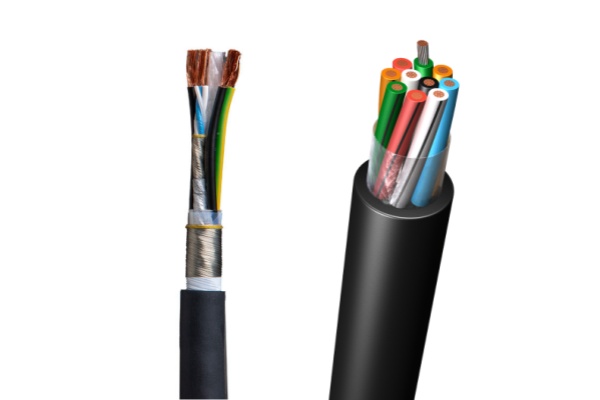控制电缆是工业应用中的重要组成部分, 促进沟通, 信号传输, 以及机械和自动化系统之间的控制. 如果没有这些电缆, 现代工业将无法高效或安全地运转. 这些专用电缆经过精心设计,可以以最小的干扰传输电信号, 确保不同环境下的精准运营, 从工厂车间到恶劣的户外环境.
在本文中, VERI Cable将探索工业应用中常用的控制电缆类型, 专注于他们的设计, 材料, 以及每种类型最适合的具体环境. 通过了解不同类型, 企业可以做出明智的决策来优化绩效, 减少停机时间, 并增强安全性.
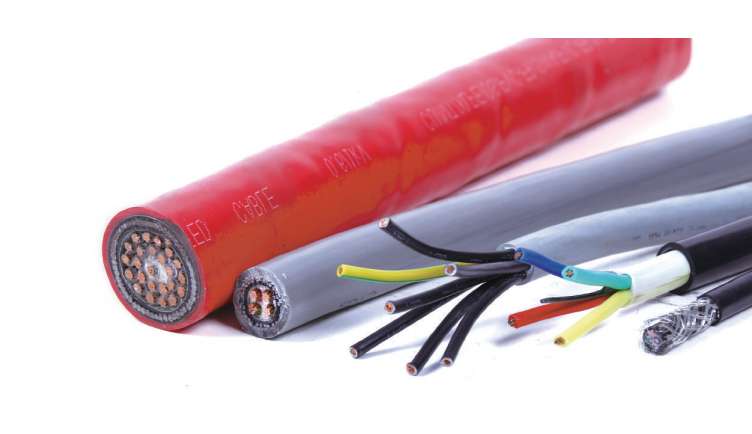
什么是控制电缆?
控制电缆是多芯电缆,设计用于传输低压信号以控制和调节设备. 这些电缆通常用于自动化, 制造业, 活力, 运输, 以及其他需要精确控制的行业.
它们与电源线不同, 这是为了承载电流, 因为他们专注于信号完整性和最小干扰. 这 控制电缆的绝缘和屏蔽 对于确保它们传输信号而不会衰减或电噪声干扰至关重要.
现在, 让我们探讨一下工业应用中常用的各种类型的控制电缆:
1. PVC控制电缆
概述:
聚氯乙烯 (PVC) 由于其多功能性和成本效益,是最广泛使用的控制电缆材料之一. PVC 控制电缆通常用于需要适度机械和化学保护的工业环境中.
主要特点:
- 灵活性: PVC 电缆具有高度的灵活性, 使其非常适合需要频繁弯曲或移动的安装.
- 耐温性: PVC 控制电缆通常在 -10°C 至 70°C 的温度范围内运行, 使它们适用于室内和受控环境.
- 性价比高: 这些电缆相对便宜,可为各种工业任务提供良好的性能.
常见应用:
- 自动化系统
- 输送系统
- 包装机械
- 工业机器人
PVC 控制电缆在干燥或轻微潮湿的环境中最有效,可用于轻机械应力应用. 虽然它们被广泛使用, PVC 电缆对油和化学品的耐受性有限, 这可能使它们不适合某些恶劣环境.
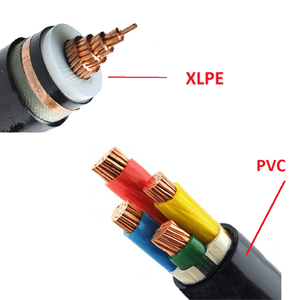
2. PUR 控制电缆
概述:
聚氨酯 (聚氨酯) 控制电缆以其卓越的耐用性和耐磨性而闻名, 油类, 和化学品. PUR 控制电缆旨在承受高机械应力和恶劣环境, 使其成为要求更高的工业应用的热门选择.
主要特点:
- 高耐用性: PUR 电缆具有很强的抗机械磨损能力, 使它们适用于电缆磨损的环境, 油类, 和其他化学品.
- 温度范围: 这些电缆可以在比 PVC 电缆更广泛的温度范围内运行, 通常在 -40°C 至 90°C 之间.
- 耐环境因素: PUR 控制电缆具有高度耐油性, 润滑脂, 甚至臭氧, 使它们非常适合在化学侵蚀性环境中使用.
常见应用:
- 机床
- 工程机械
- 石油和天然气行业
- 户外自动化系统
这些电缆是需要高机械应力的应用的首选, 比如拖链子, 移动自动化系统, 和恶劣的工业环境.
3. 屏蔽控制电缆
概述:
屏蔽控制电缆旨在保护高电磁干扰环境中的信号完整性 (电磁干扰) 或射频干扰 (射频干扰). 这些电缆具有屏蔽层, 通常由铝箔或铜编织物等材料制成, 这有助于减少信号噪声和干扰.
主要特点:
- 电磁防护: 屏蔽控制电缆经过专门设计,可阻止附近电气设备的干扰,从而保持信号完整性.
- 各种屏蔽选项: 这些电缆可能使用箔屏蔽, 编织屏蔽, 或两者的组合, 取决于所需的保护级别.
- 信号精度: 屏蔽电缆对于维持敏感系统中控制信号的准确性至关重要.
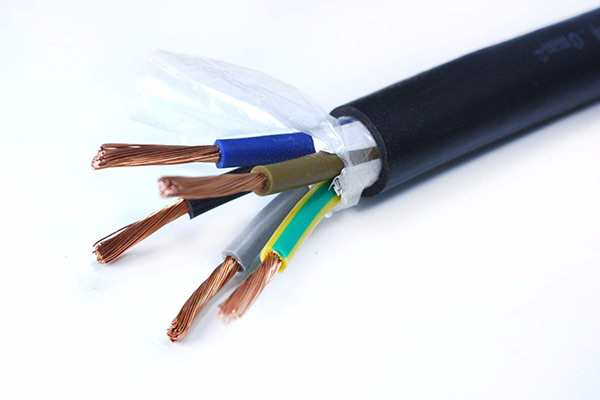
常见应用:
- 工业自动化
- 数控机械
- 机器人技术
- 暖通空调系统
在敏感控制系统靠近电力电缆或重型机械运行的行业中, 屏蔽控制电缆对于避免信号衰减和确保系统可靠性至关重要.
4. 仪表控制电缆
仪表控制电缆用于准确可靠的信号传输对过程控制至关重要的情况. 这些电缆专门设计用于处理低压信号,通常用于精度和数据完整性至关重要的行业, 比如石化, 发电, 和制药行业.
主要特点:
- 信号精度: 这些电缆可确保低压信号长距离准确传输,而不会降低信号质量.
- 屏蔽设计: 尽量减少电磁干扰, 仪表电缆通常是屏蔽的.
- 多对设计: 这些电缆通常配有多对导体, 允许同时传输多个信号.
常见应用:
- 发电厂
- 石化炼油厂
- 药品制造
- 环境监测系统
仪表电缆对于控制系统的平稳运行至关重要, 特别是在具有严格监管要求和敏感流程的行业.
5. 柔性控制电缆
灵活的控制电缆旨在即使在动态应用中也能保持信号完整性, 发生持续运动或振动的地方. 这些 电缆用于工业 机器不断运动的地方, 比如自动化, 机器人技术, 和物料搬运系统.
主要特点:
- 高灵活性: 这些电缆采用柔性材料设计, 例如细绞铜导体和软绝缘, 承受频繁的弯腰, 扭转, 和运动.
- 耐磨性: 柔性控制电缆的外护套通常由能够承受机械磨损的材料制成.
- 耐温、耐环境性能: 这些电缆可以在不同的温度下工作,并且通常耐油和耐化学品.
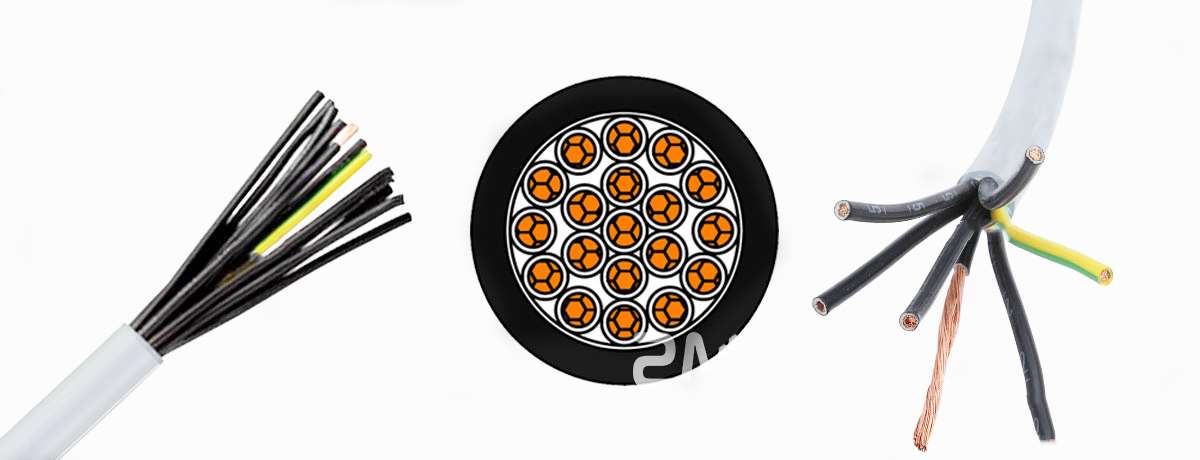
常见应用:
- 输送系统
- 工业机器人
- 动态生产线
- 包装和贴标机械
这些电缆的灵活性使其可以用于带有移动部件的机械,而不会出现断裂或信号丢失的风险.
6. 无卤控制电缆
无卤控制电缆旨在最大限度地减少火灾时有毒气体的释放. 这些电缆不含氯等卤素, 溴, 或氟, 燃烧时会释放出有害气体. 无卤电缆在消防安全标准严格的行业中变得越来越重要, 比如交通, 数据中心, 和商业建筑.
主要特点:
- 消防安全: 无卤电缆旨在释放低烟且无卤素气体, 让他们在发生火灾时更安全.
- 环境效益: 这些电缆环保且符合许多绿色建筑法规.
- 耐用性: 尽管不含卤素, 这些电缆提供强大的机械保护,并能承受适度的环境压力.
常见应用:
- 铁路系统
- 数据中心
- 商业建筑
- 公共基础设施项目
在消防安全至关重要的行业, 无卤控制电缆帮助 最大限度地减少紧急情况下有毒物质暴露的风险.
7. 变频驱动 (变频驱动) 电缆
概述:
变频驱动 (变频驱动) 电缆是用于将电机连接到变频驱动器的专用控制电缆. 这些电缆旨在承受电机驱动应用中常见的高水平电气噪声和恶劣条件.
主要特点:
- 抗噪音性: VFD 电缆旨在处理电机驱动器产生的高水平电噪声, 确保信号完整性.
- 耐热、耐湿性: 这些电缆通常可以承受热量和潮湿, 因为 VFD 系统在运行过程中会产生大量的两种物质.
- 坚固的结构: VFD 电缆通常采用屏蔽和强化绝缘结构,可满足工业环境中的高功率需求和恶劣条件.
常见应用:
- 电机驱动
- 输送带
- 暖通空调系统
- 泵站
VFD 电缆确保电机平稳高效运行, 特别是在需要精确电机控制的工业应用中.
8. 托盘电缆
托盘电缆设计用于安装在托盘中, 导管, 和工业环境中的管道. 这些电缆以其耐用性而闻名, 易于安装, 以及处理各种电气和机械应力的能力.
主要特点:
- 多功能安装: 托盘电缆可以通过多种方式安装, 包括露天, 管道, 和导管.
- 高电阻: 这些电缆耐油, 化学品, 和水分, 使它们适合恶劣的环境.
- 多导体: 托盘电缆通常带有多个导体, 允许传输电源和控制信号.
常见应用:
- 发电厂
- 化工厂
- 废水处理设施
- 制造工厂
托盘电缆广泛应用于需要复杂控制和电力系统来操作机械和自动化系统的工厂.
9. 铠装控制电缆
铠装控制电缆专为需要高机械保护的应用而设计. 这些电缆 具有额外的装甲层, 通常由钢丝或钢带制成, 保护电缆免受外部损坏.
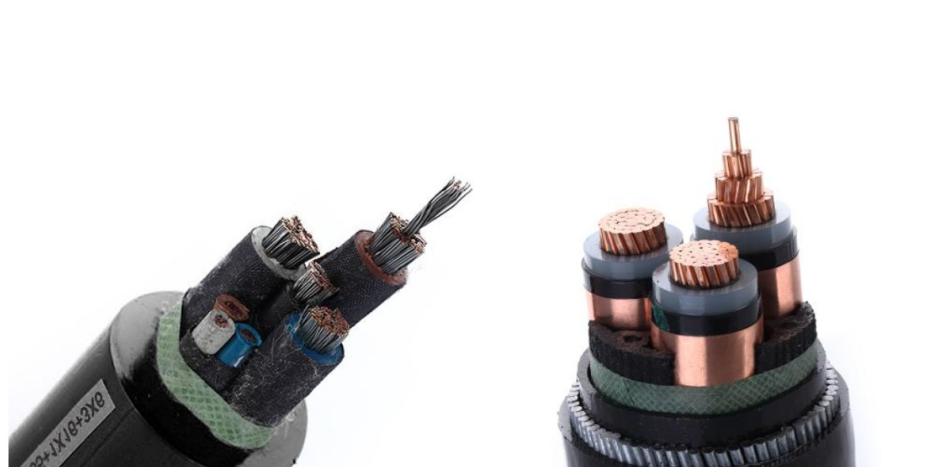
主要特点:
- 增强保护: 铠装层可保护电缆免受挤压, 影响, 和其他形式的机械应力.
- 耐化学性: 铠装控制电缆通常具有额外的耐油性, 化学品, 和水分.
- 耐用性: 这些电缆旨在承受恶劣的环境, 室内和室外.
常见应用:
- 矿业
- 石油和天然气
- 建筑工地
- 重工业应用
铠装控制电缆对于电缆面临潜在物理损坏的环境至关重要, 确保即使在恶劣条件下也能连续运行.
控制电缆对于工业系统的平稳运行至关重要. 从基本自动化中使用的 PVC 控制电缆到专为最极端条件设计的铠装和 VFD 电缆, 每种类型在优化工业流程中都发挥着特定的作用. 了解控制电缆的常见类型, 他们的应用, 和关键特性可以帮助行业选择适合其特定需求的电缆, 提高安全性, 效率, 和整个运营的可靠性.
在当今快节奏的工业环境中, 选择正确的控制电缆不仅仅关乎性能; 它还涉及面向未来的潜在风险并确保遵守行业法规. 使用正确的电缆, 行业可以最大限度地减少停机时间, 降低成本, 确保人员和设备的安全.
